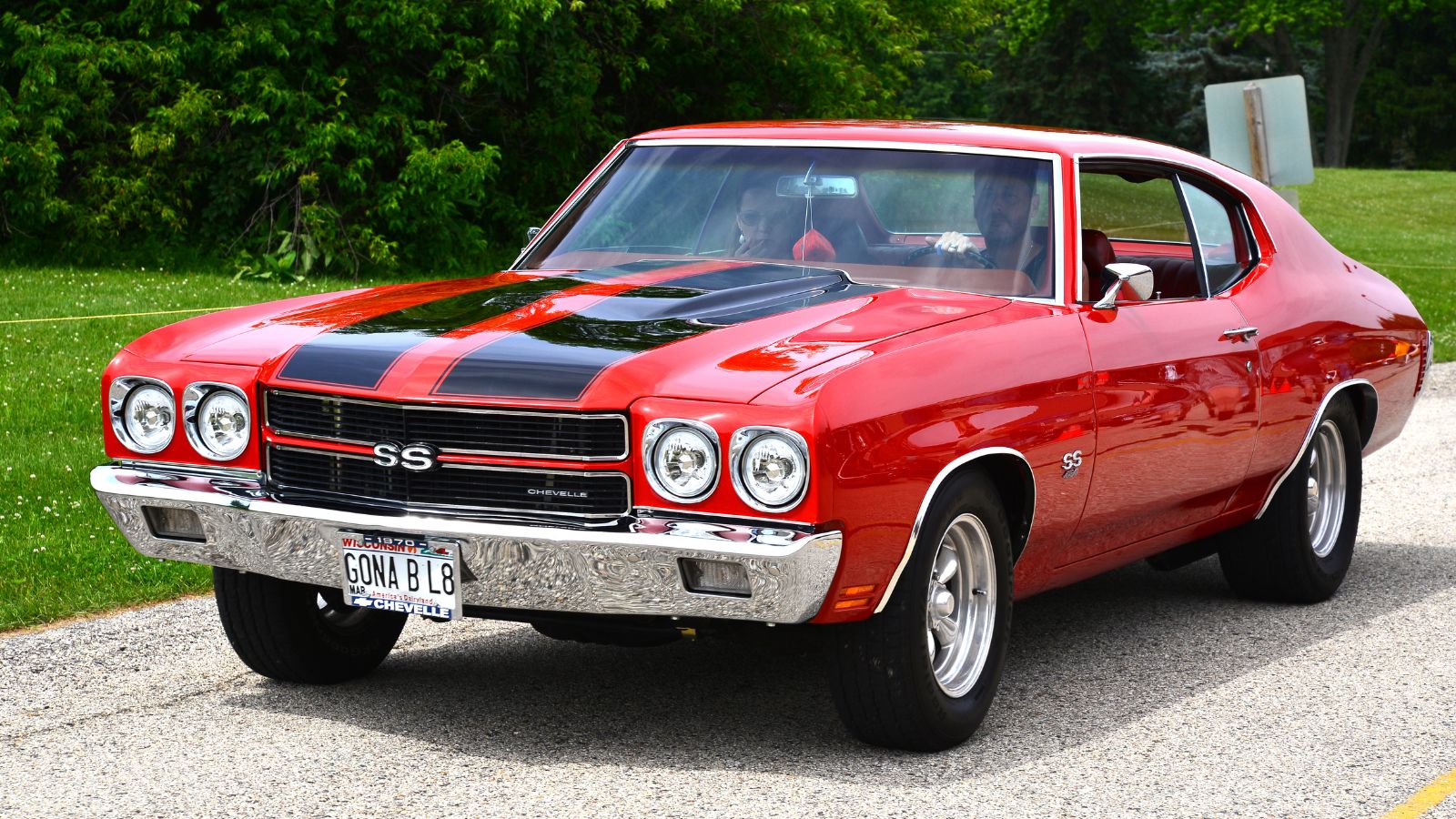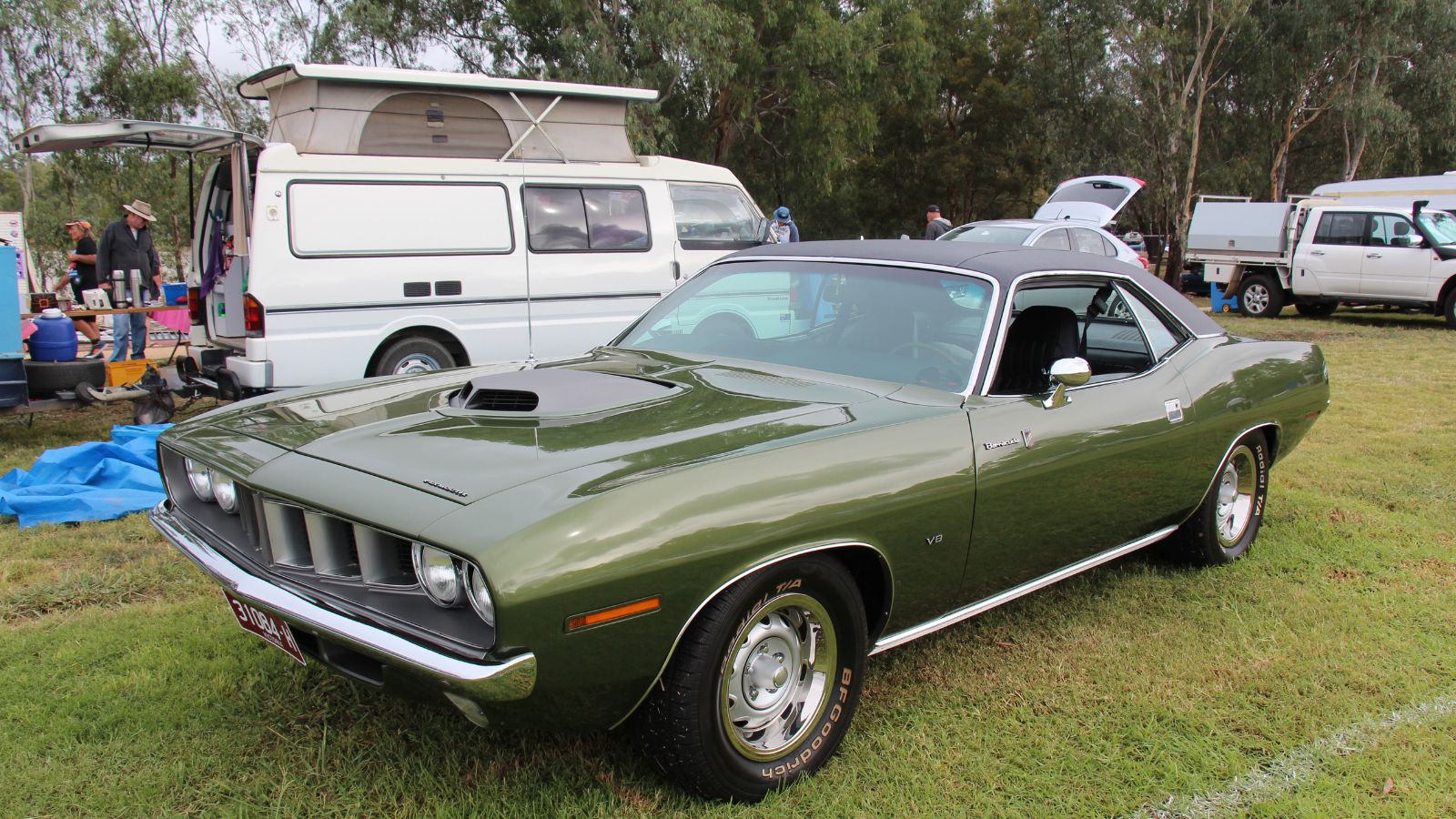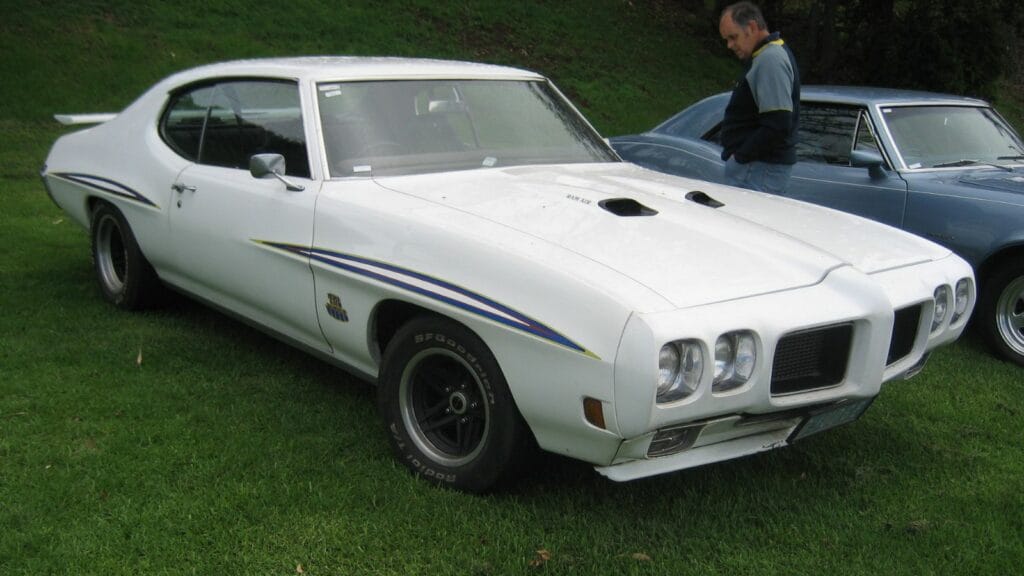Ask any car enthusiast about the one that got away and you will get the same look. A small smile mixed with regret. Muscle cars from the golden era were more than transportation. They were freedom, personality, and sound. Many were sold when gas got expensive, when families grew, or when owners thought they could always find another one someday. Then prices climbed, rarity increased, and memories started to feel heavier. These are the muscle cars that people constantly wish they had kept.
1970 Chevrolet Chevelle SS 454

The Chevelle SS 454 was one of the most imposing machines of its time. The stance alone made an impression and the big block V8 delivered the kind of acceleration that felt like a punch. Owners remember how alive the car felt even at idle, with the deep rumble that turned heads in every direction. When fuel prices rose in the late 1970s, many owners sold them to save money. At the time it felt like a practical decision. Nobody imagined these cars would become some of the most valuable icons of the era. Today, former owners look at auction prices and feel an ache in the chest. It was not just a car. It was a moment of life that does not return.
1969 Dodge Charger R T

The Charger R T carried bold styling and a serious road presence. The wide body, hidden headlights, and long fastback roof made it instantly recognizable. Under the hood, a powerful V8 gave the car real authority. But in the 1980s and 1990s, many Chargers were simply used up and sold off as older used cars. They were not always treated as collectibles. Now the Charger is one of the most admired muscle cars of all time. Owners talk about how the steering wheel felt in their hands, how the car sounded at night on open roads, and how they wish they had kept it safe instead of letting it go.
1971 Plymouth Barracuda

The Barracuda looked different from everything else on the road. It had a muscular stance with a kind of attitude that did not need words. The driving feel was raw and immediate. But many Barracudas were driven hard, modified heavily, and later sold when repairs became expensive. People thought they might get another one someday. They did not realize that production numbers were lower than many of its rivals and that surviving examples would become prized. The Barracuda has grown into one of the most sought after muscle cars from the era. Former owners often say it is the one car that stays in their mind no matter how many years pass.
1970 Pontiac GTO Judge

The Judge had personality and performance to match its name. It was bold, colorful, and full of attitude. The V8 power delivered a deep pull that drivers still remember. But as the muscle era faded and insurance rates rose, many owners moved on to more practical vehicles. At the time the Judge did not carry the prestige it holds now. Today it is appreciated as one of the defining expressions of muscle culture. Previous owners say the regret comes not just from the money they could have made selling it now, but from losing the one car that always made them smile when they walked toward it in a parking lot.
1967 Ford Mustang Fastback

The Fastback remains one of the most admired designs in American automotive history. The sweeping roofline, the stance, and the open road feeling it created made it more than transportation. But life has a way of shifting priorities. Many owners sold their Fastbacks when they needed family cars or when repairs became too time consuming. Years later, they remember late night drives, open windows, and that feeling of freedom unique to the Mustang. Prices have climbed significantly, and finding clean examples is now difficult. For many, the regret is not about money. It is about a piece of youth that slipped away.
1970 Dodge Challenger R T

The Challenger R T carried confident styling and a road presence that seemed to take up space even while standing still. The V8 engines available gave it serious performance potential. But in the years that followed, many were sold when they began to show wear. Restoration was not as common then as it is now, and parts were harder to come by. Today the Challenger R T holds a special place in muscle car culture. Former owners often say they did not fully realize what they had until the car was gone. It was one of those machines that left a mark on memory.
1969 Chevrolet Camaro Z28

The Z28 delivered balance and attitude. It felt eager on the road, responsive in the corners, and alive in a way that made every drive feel intentional. Many were sold when trends shifted toward newer, faster cars. Owners believed the Z28 would always be easy to find. But time has a way of changing what feels common into something rare. The Z28 became a car that enthusiasts admire not just for its speed but for the feeling behind the wheel. Owners who let one go often talk about how nothing has felt the same since.
1973 Pontiac Firebird Trans Am

The Trans Am had flair, character, and sound. It was the kind of car that announced itself. But fuel costs and insurance rates pushed many owners to sell, thinking practicality mattered more. Now, the Trans Am represents individuality and identity. It reminds people of younger days, open highways, and music playing through crackling dashboard speakers. Former owners often describe it as the car that made them feel like themselves. Selling it may have made sense at the time, but memory is not always rational.
25 Facts About Car Loans That Most Drivers Don’t Realize

Car loans are one of the most common ways people fund car purchases. Like any other kind of loan, car loans can have certain features that can be regarded as an advantage or a disadvantage to the borrower. Understanding all essential facts about car loans and how they work to ensure that you get the best deal for your financial situation is essential. Here are 25 shocking facts about car loans that most drivers don’t realize:
25 Facts About Car Loans That Most Drivers Don’t Realize
